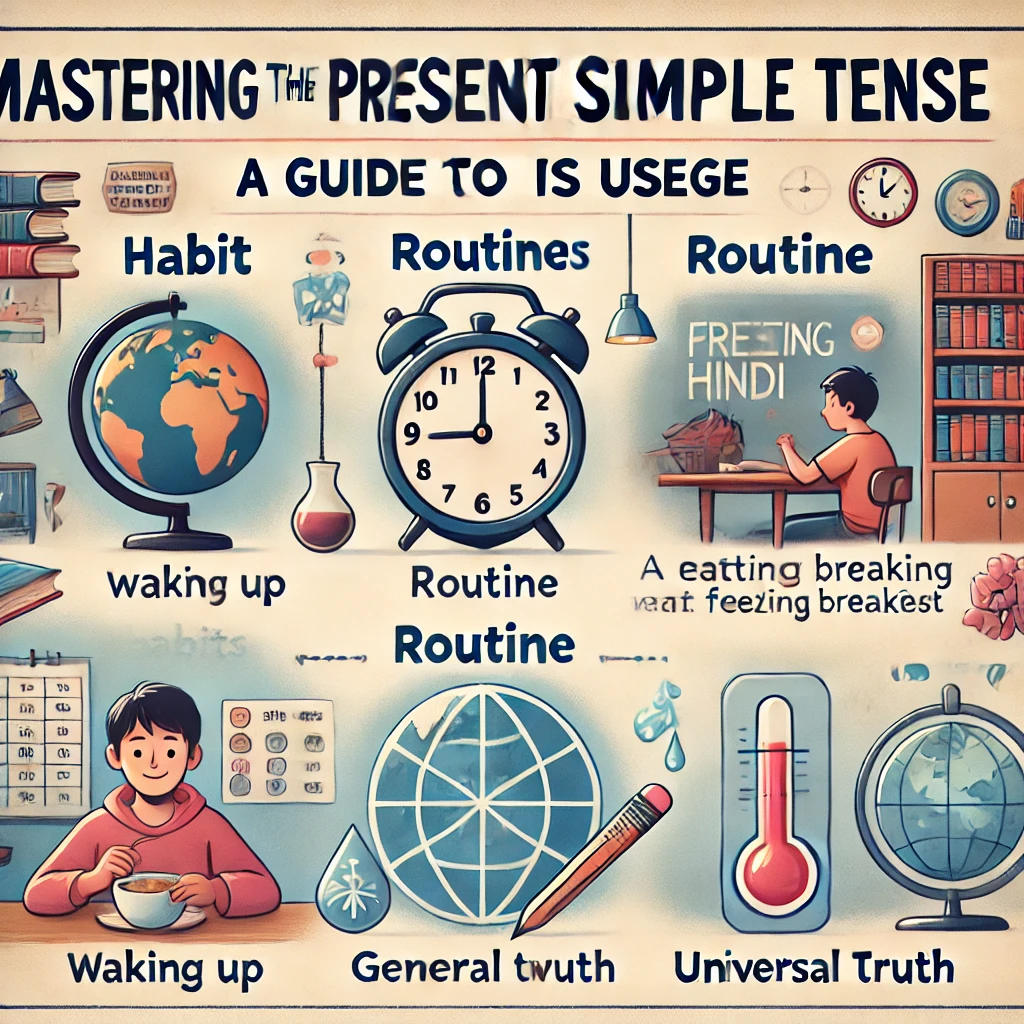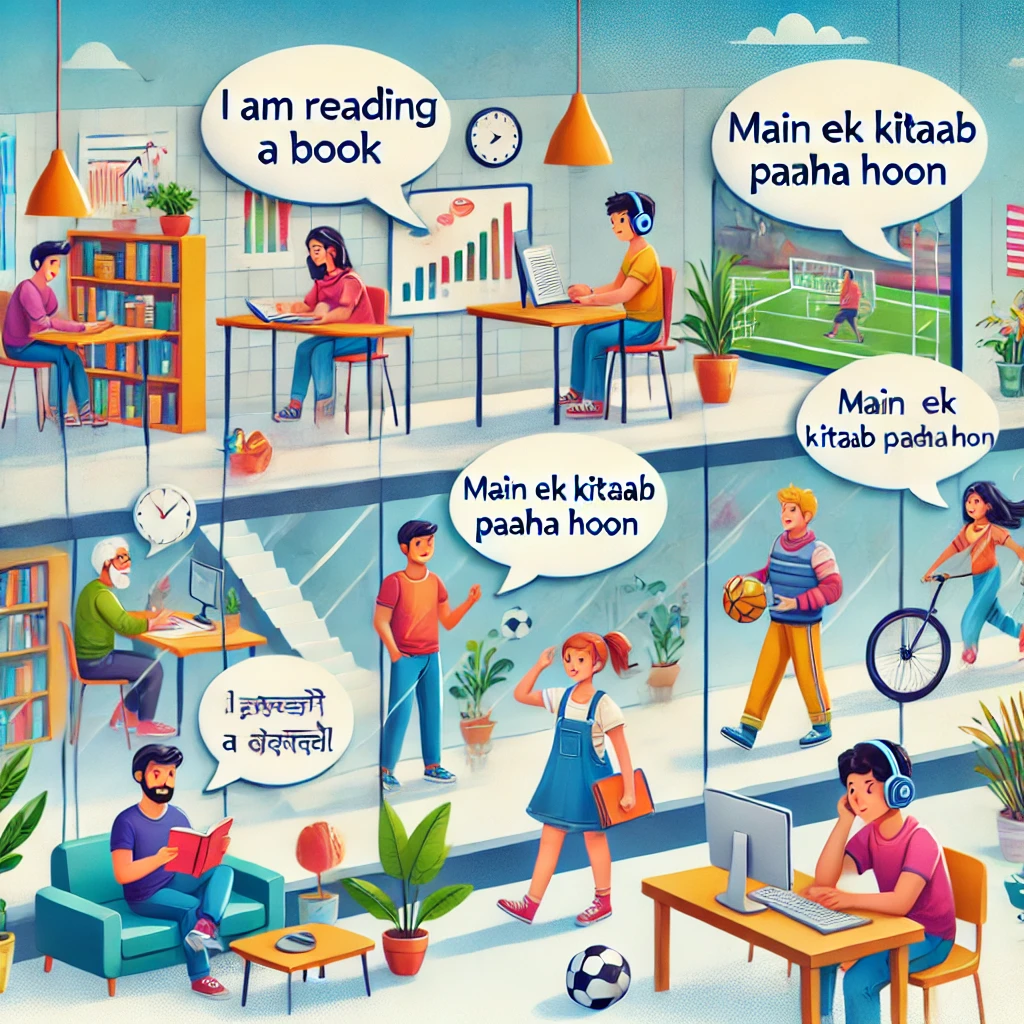Hindi Explanation:
औपचारिक लेखन में, कोलन (:) का उपयोग मुख्य वाक्य के बाद आने वाली व्याख्या, उदाहरण, सूची या विवरण को पेश करने के लिए किया जाता है। यह मुख्य विचार और उसके विस्तार के बीच एक स्पष्ट संबंध स्थापित करता है। कोलन से पहले का भाग पूर्ण वाक्य होना चाहिए, जिसके बाद कोलन आता है और फिर विस्तृत जानकारी दी जाती है। यह जानकारी एक शब्द, एक वाक्य, या कई वाक्यों का समूह हो सकता है। कोलन का प्रयोग मुख्य वाक्य पर जोर देने और पाठक को आगामी जानकारी के लिए तैयार करने में मदद करता है। उदाहरण के लिए, एक औपचारिक पत्र में, आप किसी विषय पर चर्चा शुरू करते समय कोलन का उपयोग कर सकते हैं: "मैं आपको निम्नलिखित कारणों से लिख रहा हूँ: पहला कारण यह है..., दूसरा कारण यह है..., और तीसरा कारण यह है..." यहाँ कोलन मुख्य कारणों की सूची से पहले मुख्य कथन को अलग करता है। गलत प्रयोग से बचने के लिए, सुनिश्चित करें कि कोलन के पहले का हिस्सा एक पूर्ण वाक्य है।
English Explanation:
In formal writing, a colon (:) introduces an explanation, example, list, or elaboration that follows the main clause. It establishes a clear relationship between the main idea and its expansion. The part preceding the colon must be a complete sentence; what follows can be a single word, a sentence, or a series of sentences. The colon helps emphasize the main clause and prepares the reader for the upcoming information. For instance, in a formal letter, you might use a colon when introducing a discussion of several points: "I am writing to you for the following reasons: First, ..., second, ..., and third, ..." Here, the colon separates the main statement from the list of reasons. To avoid misuse, ensure the portion before the colon is a complete sentence.
| English | Hindi | Roman Hindi |
|---|---|---|
| The meeting agenda is: introductions, presentations, and discussions. | मीटिंग का एजेंडा है: परिचय, प्रस्तुतियाँ, और चर्चाएँ। | Meeting ka agenda hai: parichay, prastutiyan, aur charchaen. |
| He had only one goal: success. | उसके पास केवल एक लक्ष्य था: सफलता। | Uske paas kewal ek lakshya tha: safalta. |
| I need three things: a pen, paper, and a quiet place. | मुझे तीन चीजें चाहिएं: एक कलम, कागज़, और एक शांत जगह। | Mujhe teen chijen chahiyen: ek Kalam, kagaz, aur ek shant jagah. |
| The recipe calls for these ingredients: flour, sugar, and eggs. | इस रेसिपी में इन सामग्रियों की आवश्यकता है: आटा, चीनी, और अंडे। | Is recipe mein in samagriyon ki avashyakta hai: atta, chini, aur ande. |
| There's only one solution: hard work. | केवल एक ही समाधान है: कड़ी मेहनत। | Kewal ek hi samadhan hai: kadi mehnat. |
| Remember this: punctuality is essential. | यह याद रखें: समय की पाबंदी आवश्यक है। | Yah yaad rakhen: samay ki paabandi avashyak hai. |
| The problem is clear: lack of resources. | समस्या स्पष्ट है: संसाधनों की कमी। | Samasya spasht hai: sansadhano ki kami. |
| She gave a simple reason: she was tired. | उसने एक साधारण कारण दिया: वह थक गई थी। | Usne ek sadharan karan diya: vah thaak gayi thi. |
| The answer is obvious: yes. | जवाब स्पष्ट है: हाँ। | Jawab spasht hai: haan. |
| My favorite colors are: blue, green, and purple. | मेरे पसंदीदा रंग हैं: नीला, हरा, और बैंगनी। | Mere pasandeeda rang hain: nila, hara, aur बैंगनी. |




